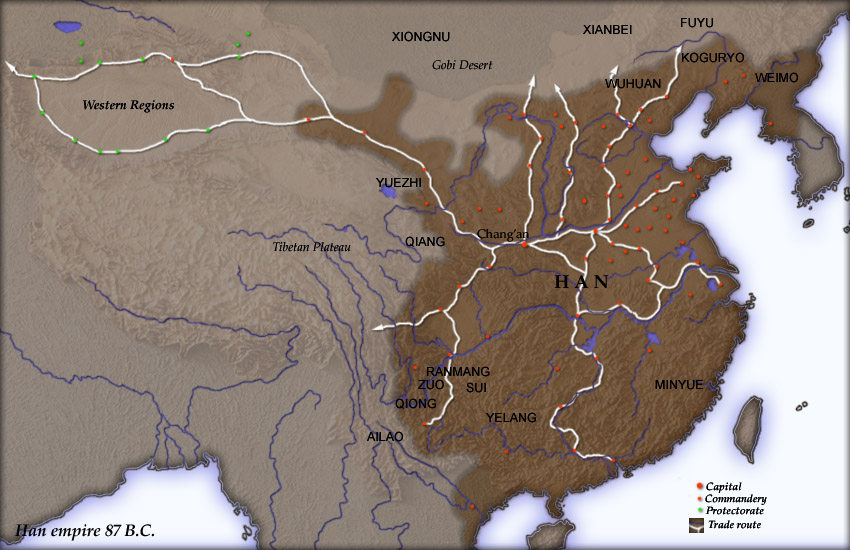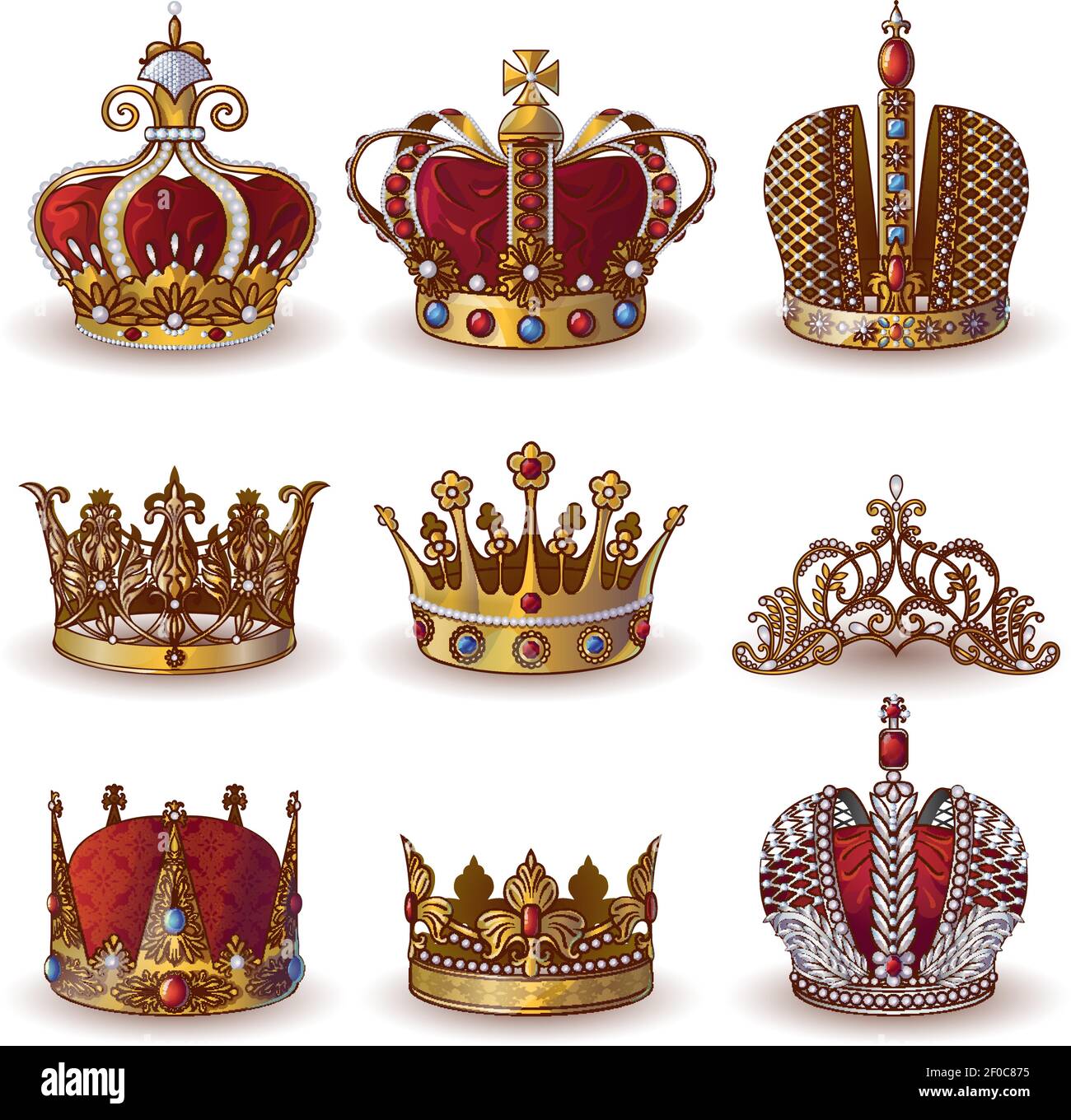
The allure of crowns has captivated humanity for millennia, transcending mere ornamentation to become profound symbols of power, authority, and the very essence of royalty. From the earliest civilizations to the grandest empires, these magnificent headpieces have served as visible manifestations of leadership, divinity, and societal structure, weaving an intricate tapestry of human history and ambition. They are not simply jeweled adornments but a rich narrative of human endeavor, belief, and the enduring quest for legitimate rule.
Embarking on a journey through time, we discover how crowns have evolved, reflecting the changing dynamics of societies and the diverse ways in which leaders have sought to establish and maintain their dominion. Each crown, whether crafted from precious metals and sparkling gems or humble natural materials, tells a compelling story of its era and the culture it represents. They invite us to ponder the deep symbolism embedded within their designs, a language of prestige and command understood across continents and centuries.
This article delves into the fascinating world of royal crowns, showcasing fourteen iconic examples and types that have unequivocally defined monarchies and leadership through the ages. We will explore their origins, the deep cultural and spiritual meanings they carry, and the indelible mark they have left on the historical landscape. Prepare to be enlightened by the majestic heritage of these regal emblems, as we uncover the stories of power, heritage, and the captivating artistry that made them truly unforgettable.

1. **The Hedjet and Deshret Crowns of Ancient Egypt**Ancient Egypt, a civilization steeped in divine reverence and powerful pharaohs, provides some of the earliest and most profound examples of crowns defining monarchical rule. Here, crowns were intrinsically linked to the gods and the very essence of the pharaoh’s authority. The Hedjet, a tall, conical white crown, unmistakably symbolized Upper Egypt, while the Deshret, a flat-topped red crown with a raised back, represented Lower Egypt.
These distinctive crowns were more than just symbols of geographical dominion; they were visible testaments to the pharaoh’s divine right to lead, underscoring a sacred connection between the ruler and the cosmic order. The materials used, initially reeds, later transitioned to precious gold, signifying the wealth and elevated status of the wearer. Their intricate forms helped to establish the pharaoh as both a political and spiritual leader, a living embodiment of the divine.
Perhaps the most iconic representation of pharaonic power was the “pschent,” the double crown created by combining the Hedjet and Deshret. This composite crown brilliantly symbolized the union of Upper and Lower Egypt under a single sovereign, a powerful visual declaration of national unity and the pharaoh’s absolute control over the entire land. It was a tangible expression of a unified realm, a powerful message etched into the very regalia of the ruler.
Through their distinct designs and profound symbolism, the Hedjet and Deshret crowns, particularly in their combined form as the pschent, were instrumental in establishing the pharaohs’ authority and ensuring the stability of one of history’s most enduring monarchies. They were not merely worn; they were lived, breathed, and revered as central to the identity and legitimacy of Egyptian rule.
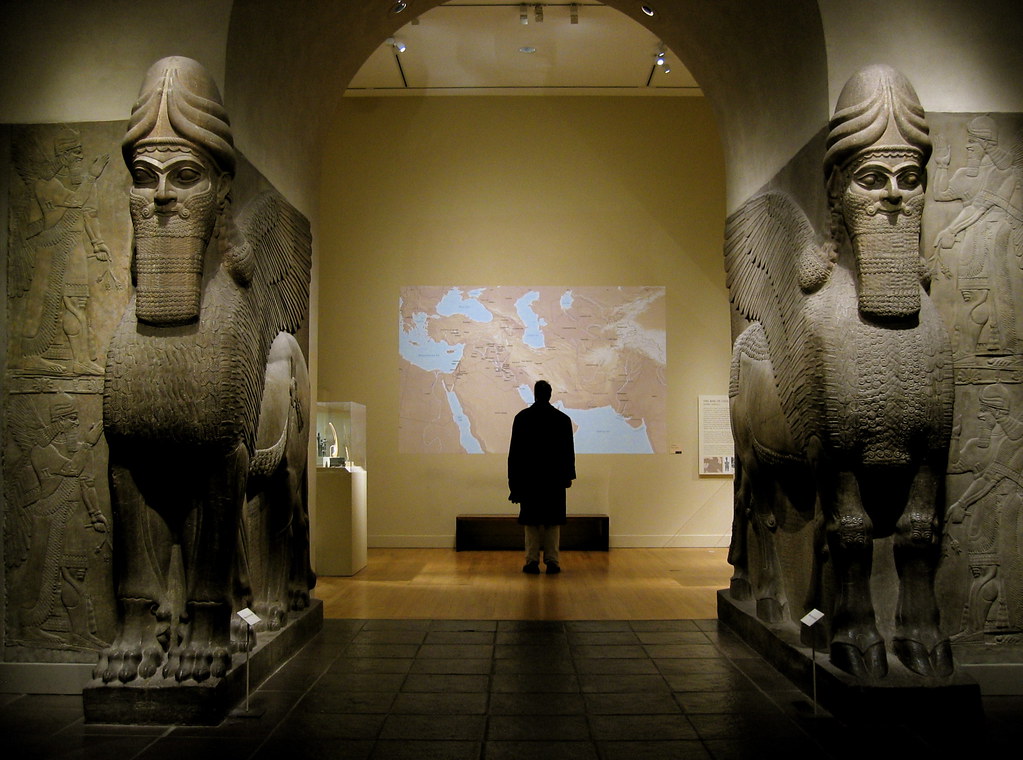
2. **Mesopotamian Horned Caps**Moving eastward to the fertile crescent, ancient Mesopotamia, the cradle of civilization, also saw distinctive headwear define its rulers and their divine connections. Here, early societies utilized caps with pointed shapes, frequently adorned with horns, to signify leadership and a profound link to the divine. These were among the earliest forms of symbolic headwear that predated what we might recognize as conventional crowns.
These horned caps were far from simple adornments; the horns themselves carried immense symbolic weight, directly representing divine connections and the inherent authority bestowed upon the wearer by higher powers. In a culture where gods were believed to directly influence earthly affairs, a ruler’s divine favor was paramount to their legitimacy. The horns visually communicated this sacred endorsement, solidifying the ruler’s position in the eyes of their people.
Mesopotamian rulers proudly wore these distinctive headpieces during official ceremonies, grand public appearances, and even in battles. Their presence was a constant, visible reminder of the ruler’s divine mandate, enabling them to command respect and unquestioning obedience. This form of crown served as a powerful tool for maintaining social order and asserting political dominance in complex early states.
By wearing these significant horned caps, Mesopotamian leaders effectively demonstrated their right to govern and their sacred ties, shaping the perception of their power and authority. These early crown forms laid foundational principles for how symbolic headwear would later be used across diverse cultures to establish and reinforce monarchical rule, deeply embedding the idea of divine sanction into the very fabric of leadership.

3. **Medieval European Royal Crowns**The Medieval period in Europe witnessed the evolution of royal crowns into truly elaborate and sacred objects, intricately woven into the fabric of monarchical power and religious belief. Unlike their ancient predecessors, these crowns became much more ornate, reflecting the burgeoning wealth and influence of European kingdoms. They were typically crafted from solid gold or other precious metals, adorned with an array of shimmering gemstones, pearls, and intricate designs that spoke volumes about the ruling family’s status.
These magnificent creations were not merely symbols of a single reign; they were often passed down through generations, becoming revered heirlooms that embodied the continuity and divine right of the royal lineage. Their embellishments were meticulously chosen, each gem and pearl adding to the crown’s grandeur, making it a dazzling spectacle that underscored the monarch’s supreme position in society. The very act of crafting these jewels was a testament to the era’s artistry and resourcefulness.
Considered sacred objects, these crowns played a crucial role in the solemn and elaborate coronation ceremonies that marked the beginning of a monarch’s reign. The ritual of crowning, often performed by high religious figures, further solidified the belief in the ruler’s divine right to rule. It was a powerful public declaration, reinforcing the idea that the monarch’s authority stemmed directly from God, making any challenge to their rule a challenge to divine will itself.
The intricate designs and precious materials of Medieval European crowns served as potent visual declarations of power, wealth, and legitimacy. They were central to shaping and maintaining the monarchical power structures that defined European history for centuries, commanding awe and respect from subjects and rivals alike. These crowns continue to captivate our imagination, standing as enduring testaments to the grandeur and spiritual authority of medieval kings and queens.

4. **The Papal Tiara**Among the world’s most distinctive and historically significant crowns is the Papal Tiara, often referred to as the triple crown. This unique headpiece, worn by the Pope, serves as an unparalleled symbol within the Roman Catholic Church, embodying a profound blend of spiritual and temporal authority that sets it apart from other monarchical crowns. Its design, steeped in centuries of tradition, speaks to a different, yet equally potent, form of leadership.
What truly distinguishes the Papal Tiara is its multifaceted symbolism. It represents not only the immense religious authority of the Papacy but also the temporal power of the Church, a dual dominion over both spiritual and earthly realms. Adorned with precious jewels and, notably, the keys of Saint Peter, the tiara visually proclaims the Pope’s role as the successor of Saint Peter and the undisputed head of the Catholic Church. This iconography reinforces a continuous lineage of spiritual leadership.
The triple-tiered design of the tiara is traditionally interpreted in various ways, often signifying the Pope’s threefold authority as supreme pastor, supreme teacher, and supreme priest. This rich layering of meaning elevates the tiara beyond a mere crown, transforming it into a complex theological and political statement. Each element contributes to a narrative of unparalleled spiritual leadership and the Church’s historical influence over worldly affairs.
The Papal Tiara, therefore, is a powerful visual representation of the fusion of spiritual and temporal authority, a concept deeply ingrained in Western history. Its iconic status has made it an instantly recognizable emblem of papal power, influencing countless generations and providing a profound insight into the unique nature of the Papacy as a defining institution through the ages.

5. **The Japanese Imperial Crown**In the revered traditions of Japan, the emperor’s position has long been seen as divine, a lineage stretching back through mythology. Central to this celestial status and the unity of the nation was the Imperial Crown, a symbol imbued with profound cultural and spiritual significance. While specific details of its design are often guarded with utmost reverence, its symbolic power is clearly articulated within the context of Japanese imperial history.
The Imperial Crown traditionally symbolized the emperor’s divine status, connecting the ruling dynasty directly to the Shinto gods and the sun goddess Amaterasu. This divine link was crucial for establishing and maintaining the emperor’s absolute authority and legitimacy over the Japanese people. The crown, therefore, was not merely an emblem of political power but a sacred conduit to the spiritual realm, ensuring harmony and order within the empire.
Beyond its divine connotations, the crown also powerfully represented the unity of the Japanese people. In a nation that highly values collective identity and harmony, a symbol that brought together all subjects under a divinely sanctioned ruler was incredibly potent. It fostered a sense of national cohesion and shared destiny, with the emperor as the spiritual and temporal head uniting all.
The Japanese Imperial Crown, through its profound symbolism of divine status and national unity, played an indispensable role in defining one of the world’s longest-standing monarchies. Its significance remains deeply embedded in the cultural heritage of Japan, offering a captivating glimpse into the unique interplay of spirituality, tradition, and imperial authority that shaped the nation.
Read more about: Boomers Cherish These 15 Classic Cars, Yet Millennials Remain Unmoved: A Deep Dive into Generational Automotive Divides
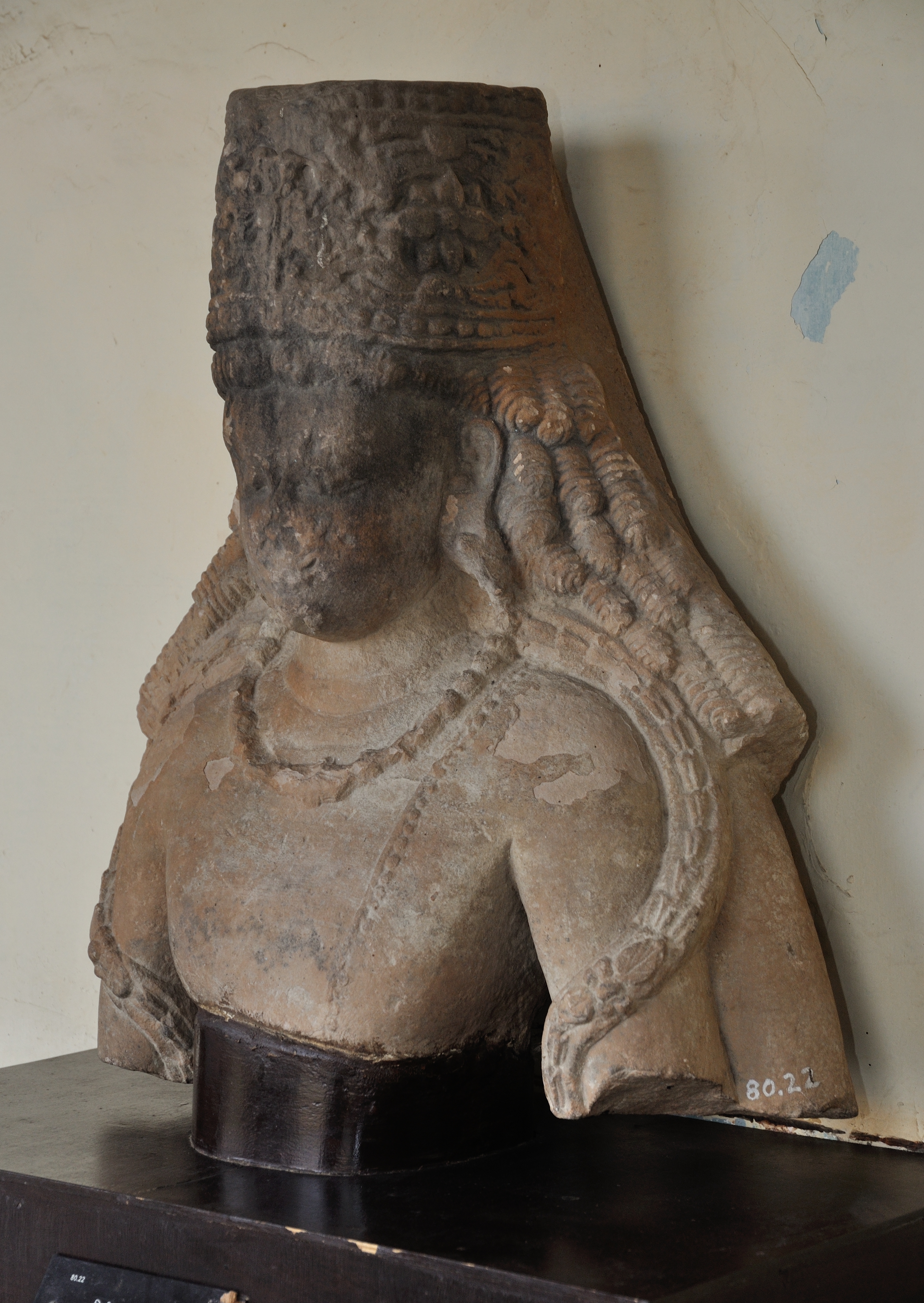
6. **Ornate Crowns of South Asia (Mukut)**South Asia, particularly India, boasts a rich tapestry of history where crowns, known as ‘mukut,’ were not only signs of immense wealth and power but also deeply intertwined with spiritual and religious beliefs. These crowns, worn by kings and queens, were renowned for their highly ornate designs, meticulously crafted to reflect the opulence and prestige of the ruling dynasties.
The grandeur of South Asian crowns was a direct reflection of the wealth and influence of the ruling families. Adorned with an abundance of precious gemstones, intricate metalwork, and delicate filigree, they were veritable masterpieces of artistry and craftsmanship. The sheer visual spectacle of a mukut conveyed an unmistakable message of royal affluence and the elevated status of its wearer within society.
Beyond material wealth, these crowns held profound spiritual associations, often depicted as being worn by Hindu gods and goddesses. This connection to deities elevated the mukut to a symbol of divine wisdom and supreme status, further legitimizing the earthly rulers who wore them. The belief was that the king or queen, by wearing such a crown, was not merely a temporal leader but a reflection of divine order and authority on earth.
Through their elaborate artistry, embodiment of wealth, and deep spiritual connotations, the ornate crowns of South Asia were pivotal in defining the monarchies of the region. They showcased a unique blend of temporal power and divine sanction, deeply rooted in the rich cultural and religious traditions of the subcontinent. The mukut continues to be an iconic representation of royal and divine authority in South Asian heritage.

7. **Imperial Chinese Headdresses (Mian)**Imperial China, a civilization renowned for its sophisticated governance and deeply rooted traditions, also utilized distinct crown forms to signify the unparalleled authority of its emperors. These elaborate headpieces, often referred to as ‘headdresses’ or ‘diadems,’ and specifically known as ‘mian,’ were far more than decorative items; they were potent symbols of cosmic order and the emperor’s mandate to rule.
The mian crowns were characterized by their intricate designs, frequently incorporating precious gemstones like jade and pearls, alongside symbolic motifs. These motifs were not random but carefully chosen to reflect various aspects of the cosmos, imperial virtues, and the emperor’s connection to heaven. Each element in the crown’s design served to reinforce the emperor’s unique position as the Son of Heaven.
The primary function of the mian was to represent the emperor’s supreme authority and, crucially, the unity of the vast Chinese empire. In a realm of diverse peoples and expansive territories, the crown served as a singular, unifying symbol of central power. It visually underscored the emperor’s role as the benevolent and rightful ruler, ensuring stability and order across the land.
By embodying the emperor’s mandate to rule and reflecting cosmic harmony, the Imperial Chinese headdresses played an indispensable role in defining and sustaining Chinese monarchies for millennia. Their profound symbolic weight ensured that the emperor’s authority was not just political, but also deeply spiritual and cosmic, a testament to a unique system of governance that endured through countless dynasties and shaped one of the world’s most influential civilizations.
Having journeyed through some of the most ancient and imperially significant crowns, we now turn our attention to other distinctive forms and cultural contexts where headwear has powerfully defined leadership, status, and tradition. This second section will explore crowns and headpieces that signify a broader spectrum of authority, from the subtle distinctions of noble ranks to the vibrant expressions of tribal leadership and the enduring symbolism found in heraldry, continuing our exploration from the eighth example.
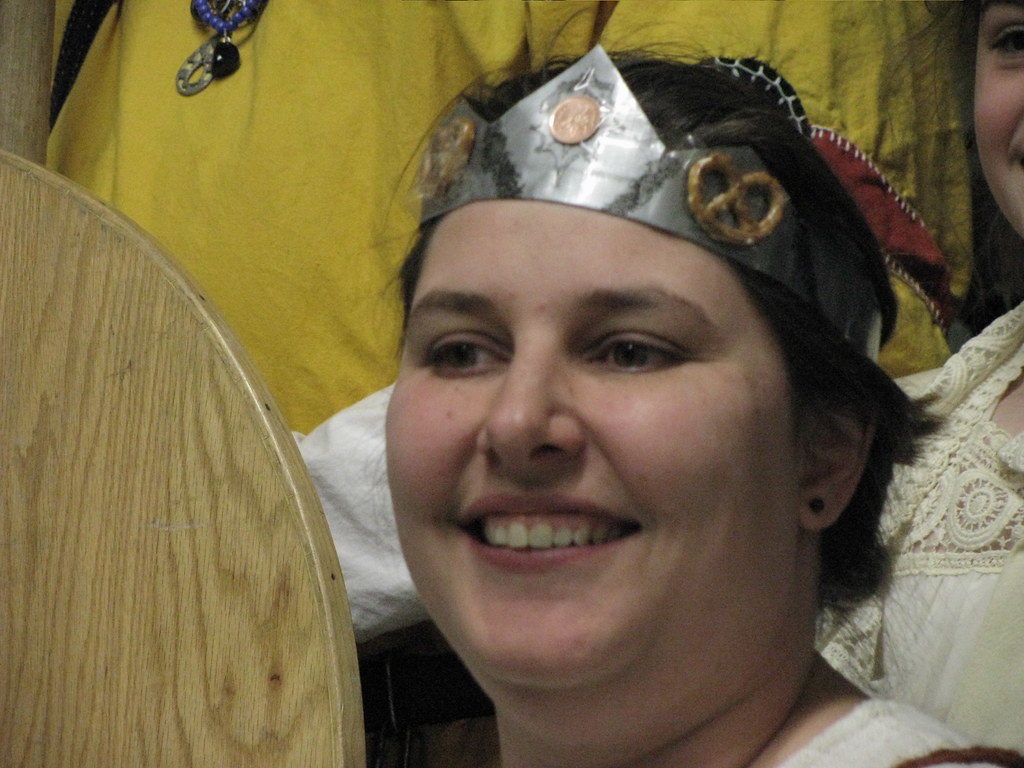
8. **Coronets: Symbols of Noble Rank and Aristocratic Lineage**Beyond the grand imperial crowns, a fascinating category of regal headwear exists to signify noble ranks: the coronet. These smaller, often less ornate crowns distinctly mark the wearer as belonging to the aristocracy, embodying a refined yet potent symbol of status and inherited privilege within hereditary monarchies. Unlike the full crowns of reigning monarchs, coronets typically forgo arches, presenting a more subdued, open design that clearly differentiates noble rank from sovereign authority.
Coronets are integral to formal ceremonies, serving as visible markers of hierarchy within royal courts and aristocratic societies. Each level of nobility—from dukes and marquesses to earls, viscounts, and barons—traditionally possesses its own distinct coronet design. These variations often involve specific numbers and types of pearls or leaves adorning the rim, meticulously crafted from precious metals and occasionally featuring gemstones, ensuring that the wearer’s exact social standing is immediately apparent to all who observe.
The very essence of a coronet lies in its symbolic function, providing a tangible link to a storied family lineage and centuries of tradition. They are not merely decorative items but powerful emblems of inherited right and social distinction, reinforcing the intricate structures of historical power. In their understated elegance, coronets offer a captivating glimpse into the nuanced world of aristocratic hierarchy, where every detail of adornment speaks volumes about one’s place in society.

9. **Tiaras: Elegance, Status, and Modern Royal Glamour**While often grouped with crowns, tiaras represent a distinct category of headpiece, primarily associated with women and embodying elegance, beauty, and often, a touch of modern glamour within royal and social circles. These delicate, often intricately designed ornaments typically sit further back on the head compared to the more imposing diadems, making them perfect for formal occasions, from state banquets to prestigious weddings.
The allure of tiaras stems from their exquisite craftsmanship, frequently featuring a dazzling array of diamonds, pearls, and other precious gemstones. Each piece is often a work of art, with designs that can range from floral motifs to geometric patterns, all contributing to a delicate yet striking appearance. Historically, tiaras served as clear markers of wealth and social status, tracing their origins back to ancient times where similar headpieces indicated a wearer’s elevated position in society.
In contemporary times, tiaras continue to captivate, remaining a staple for royal women globally. Their presence signifies a blend of tradition and sophisticated style, allowing wearers to command attention with grace. Beyond royalty, tiaras have also found a place in celebrity culture and high fashion, symbolizing an aspirational blend of elegance, prestige, and timeless beauty, reminding us that symbols of status continue to evolve and resonate in modern society.
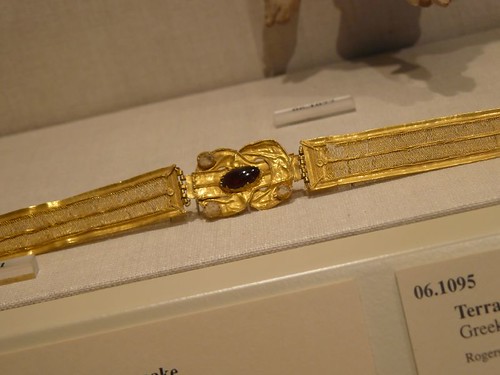
10. **Diadems: Ancient Regal Bands of Power and Beauty**The diadem, an ornamental headband often mistaken for a tiara, holds its own significant place in the history of regal headwear, particularly in ancient civilizations. Distinct from full crowns, a diadem is typically a thin band, exquisitely adorned with jewels and often worn slightly above the forehead. Historically, it served as a versatile symbol of royal status, embraced by both men and women to signify their elevated position.
Tracing its roots to ancient societies like Greece and Rome, the diadem was a prevalent form of crown, embodying a more subtle yet equally potent declaration of authority. The simplicity of its band-like structure allowed for a focus on the precious materials and intricate jewel work, with each gem adding to the visual testament of the wearer’s wealth and power. This style offered a blend of elegance and functionality, making it suitable for both grand formal events and as a part of more regular royal attire, distinguishing it from the often heavier and more ceremonial state crowns.
The diadem’s enduring appeal lies in its ability to combine refined beauty with clear symbolic meaning. It reflects a period when leadership was expressed through graceful adornment as much as through ostentatious display. Even in modern contexts, the diadem retains its association with timeless sophistication and royal heritage, reminding us of the diverse ways in which headpieces have been crafted to communicate sovereignty and prestige across millennia.
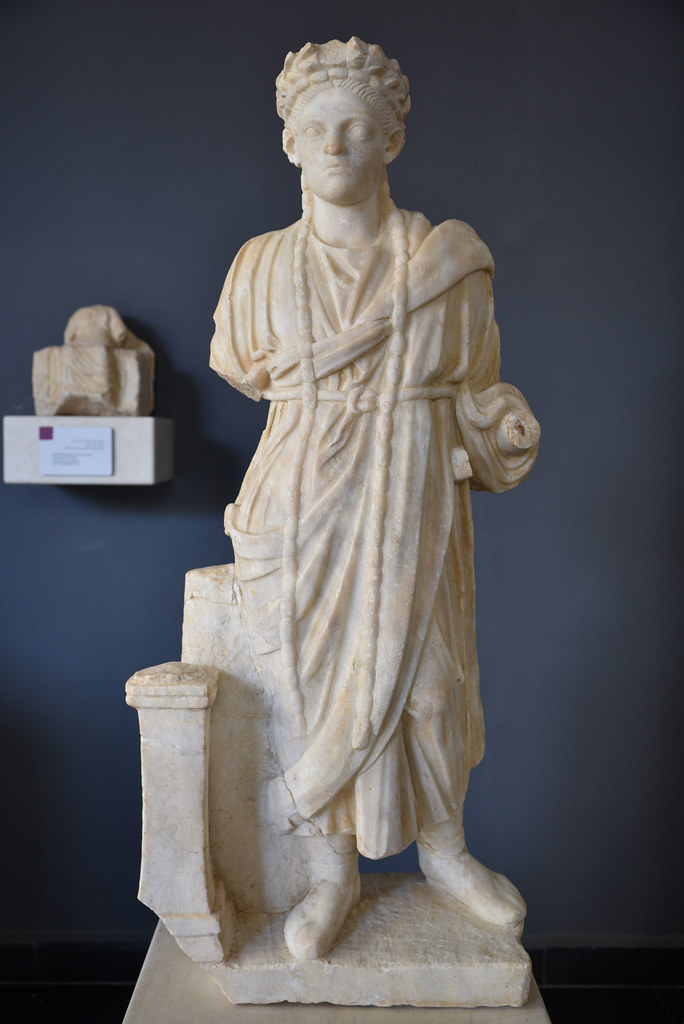
11. **Ancient Greek Laurel Crowns: A Testament to Achievement and Honor**In the tapestry of ancient cultures, not all crowns were designed to signify political or divine rule; some celebrated achievement and honor, profoundly shaping societal values. The Ancient Greek laurel crown stands as a quintessential example. Far from the jeweled splendor of monarchical crowns, these were modest wreaths crafted from olive leaves or branches, yet they carried immense symbolic weight in the Hellenic world.
These laurel crowns were most famously awarded to victorious athletes in the prestigious Olympic Games, the pinnacle of physical and competitive excellence. Earning such a crown was the highest honor and glory an individual could achieve, a testament to their dedication, skill, and the favor of the gods. It represented a public acknowledgment of individual merit, a powerful message in a society that valued human endeavor and excellence.
The significance of the laurel crown extended beyond the athletic arena, influencing the concept of achievement across various fields. Poets, scholars, and military heroes could also be honored with similar wreaths, cementing their place in public esteem. This tradition marked a crucial evolution in the symbolism of headwear, moving beyond inherited power to recognize and celebrate personal accomplishment, thereby reflecting a different facet of leadership—one earned through individual prowess and contribution to society.

12. **African Tribal Crowns: Emblems of Sacred Leadership and Cultural Identity**Venturing into the rich and diverse cultures of Africa, crowns take on deeply spiritual and communal meanings, serving as vital emblems of leadership, authority, and ancestral connection. Far from being mere decorations, these tribal crowns are often imbued with profound cultural significance, embodying the wisdom, guidance, and protection believed to be passed down through generations of leaders.
In West Africa, particularly among the Yoruba people, the ‘ade,’ or beaded crown, is a central feature of royal ceremonies and a sacred symbol of kingship. These crowns are not just worn; they are revered as conduits to the divine, connecting the earthly ruler to the ancestral spirits and deities. Adorned with an intricate mosaic of beads and often featuring veiled faces, each design carries specific cultural meanings, reflecting the history, lineage, and spiritual power of the wearer and their community.
The significance of African crowns extends beyond signaling status; they represent a living connection to cultural heritage and spiritual guidance. They highlight a system of leadership deeply rooted in tradition, where the monarch or chief is not only a political figure but also a spiritual guardian of their people. These vibrant and symbolically rich headpieces offer a powerful insight into the unique ways in which leadership and community identity are expressed and maintained across the African continent.

13. **Native American Headdresses: Wisdom, Respect, and Spiritual Authority**Across the vast and diverse landscapes of the Americas, many Indigenous cultures developed their own distinct forms of ceremonial headwear that functioned similarly to crowns, symbolizing leadership, wisdom, and a profound connection to the spiritual world. These Native American headdresses, often crafted from feathers, beads, and other natural materials, are powerful visual declarations of a leader’s esteemed position within their tribe.
Unlike the crowns of European monarchies, which often emphasized inherited right, Native American headdresses typically symbolized respect and recognition earned through a leader’s wisdom, courage, and proven leadership skills. Each feather on a war bonnet, for instance, could represent a specific act of bravery or achievement, making the headdress a living record of a chief’s service to their people. This makes them a testament to earned authority and community trust.
These headdresses played a crucial role in both the political and ceremonial aspects of leadership. They were worn during important rituals, council meetings, and significant communal gatherings, visually reinforcing the leader’s spiritual authority and their role as a mediator between the human and natural worlds. The intricate designs and sacred materials underscore a deep reverence for nature and a holistic understanding of leadership that encompasses both temporal and spiritual responsibilities.
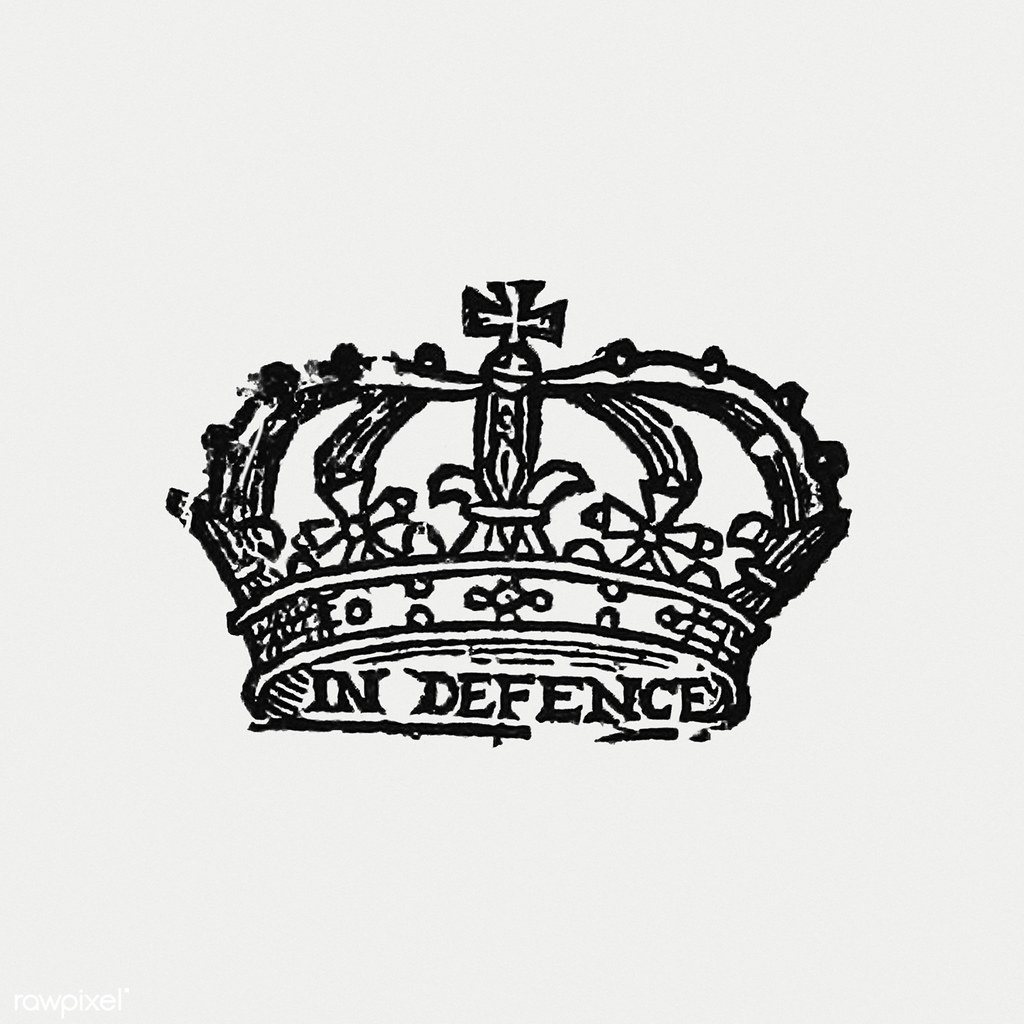
14. **Heraldic Crowns: Symbolic Authority in Coats of Arms**Our exploration concludes with a unique category of crowns that exist not as physical objects to be worn, but as potent symbols within the art of heraldry. Heraldic crowns are stylized representations found in coats of arms, family crests, and national emblems, serving to signify nobility, authority, and status in a purely symbolic manner. Their designs vary significantly, deliberately reflecting the rank and historical claims of the bearer.
Beyond secular rank, heraldic crowns also carry deep religious meanings. The crown of thorns, for instance, universally symbolizes sacrifice and suffering within Christianity. This fusion of secular and sacred symbolism highlights how heraldry utilized crowns to communicate a complex tapestry of allegiances, achievements, and beliefs. These symbolic crowns continue to be a vital visual language, representing centuries of lineage, power, and cultural identity across diverse traditions.
From the ancient pharaohs to tribal chiefs, and from elaborate state crowns to the symbolic emblems of heraldry, the journey through royal crowns reveals an enduring human fascination with visible markers of power, authority, and identity. These magnificent headpieces, whether crafted from precious metals and sparkling gems or humble leaves and beads, transcend mere ornamentation. They are profound narratives woven into the fabric of history, each telling a compelling story of leadership, belief, and the continuous quest for legitimate rule. The evolution of crown symbolism, adapting to changing societal norms and cultural contexts, underscores their lasting significance as icons that continue to captivate our imagination and reflect the multifaceted aspirations of humanity.” , “_words_section2”: “1940


